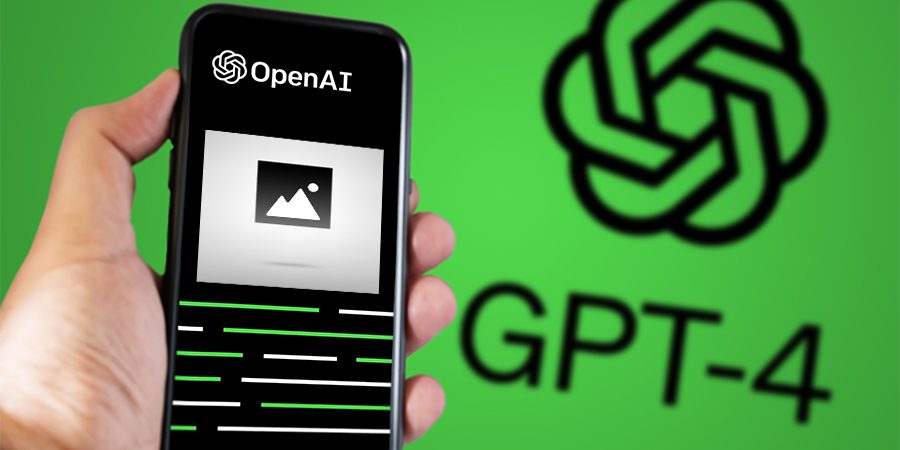Subscribe
"Unlock exclusive insights and elevate your financial wisdom with NetWorth.com — subscribe now to stay ahead in the wealth game!"

In this article, we’ll look at the reasons behind the growing anticipation around OpenAI’s latest AI system, GPT-4, and its potential impact on the technology landscape.
Key Takeaways:
GPT-4, or generative pre-trained transformer 4, is now available to ChatGPT Plus subscribers and developers looking to create applications using the new AI tool.
With a reported 40% increase in factual response generation compared to GPT-3.5, GPT-4 is poised to be a game-changer in the realm of generative AI.
A notable characteristic of GPT-4 is its capacity to manage inquiries involving text and visuals simultaneously.
This allows users to submit a picture alongside a question and receive a detailed description or answer from the AI system.
This advancement has generated excitement as it opens the door to even more potential applications and capabilities.
Companies like Morgan Stanley, Stripe, Duolingo, Khan Academy, and the Icelandic government are already utilizing GPT-4 for various purposes, from organizing data to combating fraud.
Be My Eyes, a company focused on tools for the visually impaired, is also using GPT-4 in a virtual volunteer service to provide visual assistance and answer questions based on images.
Since the release of GPT-3 and 3.5, the public’s interest in AI has grown significantly, as has the competition among technology companies.
OpenAI co-founder Greg Brockman highlights how GPT-4 has improved in areas such as finding specific information in dense documents and providing answers on complex subjects like the U.S. federal tax code.
While GPT-4’s capabilities are impressive, concerns remain around biases, misinformation, and potential misuse.
OpenAI has spent six months working on making GPT-4 safer, implementing features to handle sensitive questions more responsibly.
The firm recognizes that overcoming these constraints is a continuous effort and advocates for openness, user awareness, and broader AI understanding as communities embrace these systems.
As the development of general-purpose AI models accelerates, questions surrounding copyright and ownership have emerged.
Legal action has been taken against OpenAI, Microsoft, and other rivals, illustrating the intricate legal environment that comes with fast-paced technological progress.
OpenAI’s GPT-4 represents a new chapter in AI development, as companies race to adopt and integrate this advanced technology into their products and services.
While the AI system has made significant strides in accuracy and capabilities, it is essential to continue addressing safety concerns and ethical considerations as the technology evolves.
Only time will tell what GPT-4’s impact on the tech landscape will be, but it is clear that this milestone marks a turning point in the world of artificial intelligence.
As GPT-4 continues to garner attention, its potential applications across various industries are becoming more apparent.
Here, we’ll explore some of the sectors that stand to benefit the most from the introduction of this advanced AI system.
The introduction of GPT-4 marks a significant milestone in the world of AI, but it is important to recognize that there is still much work to be done.
As technology continues to advance, addressing ethical concerns and promoting responsible AI usage will be crucial.
By fostering transparency, user education, and collaboration across industries, we can harness the potential of GPT-4 and future AI systems to create a better, more efficient world.